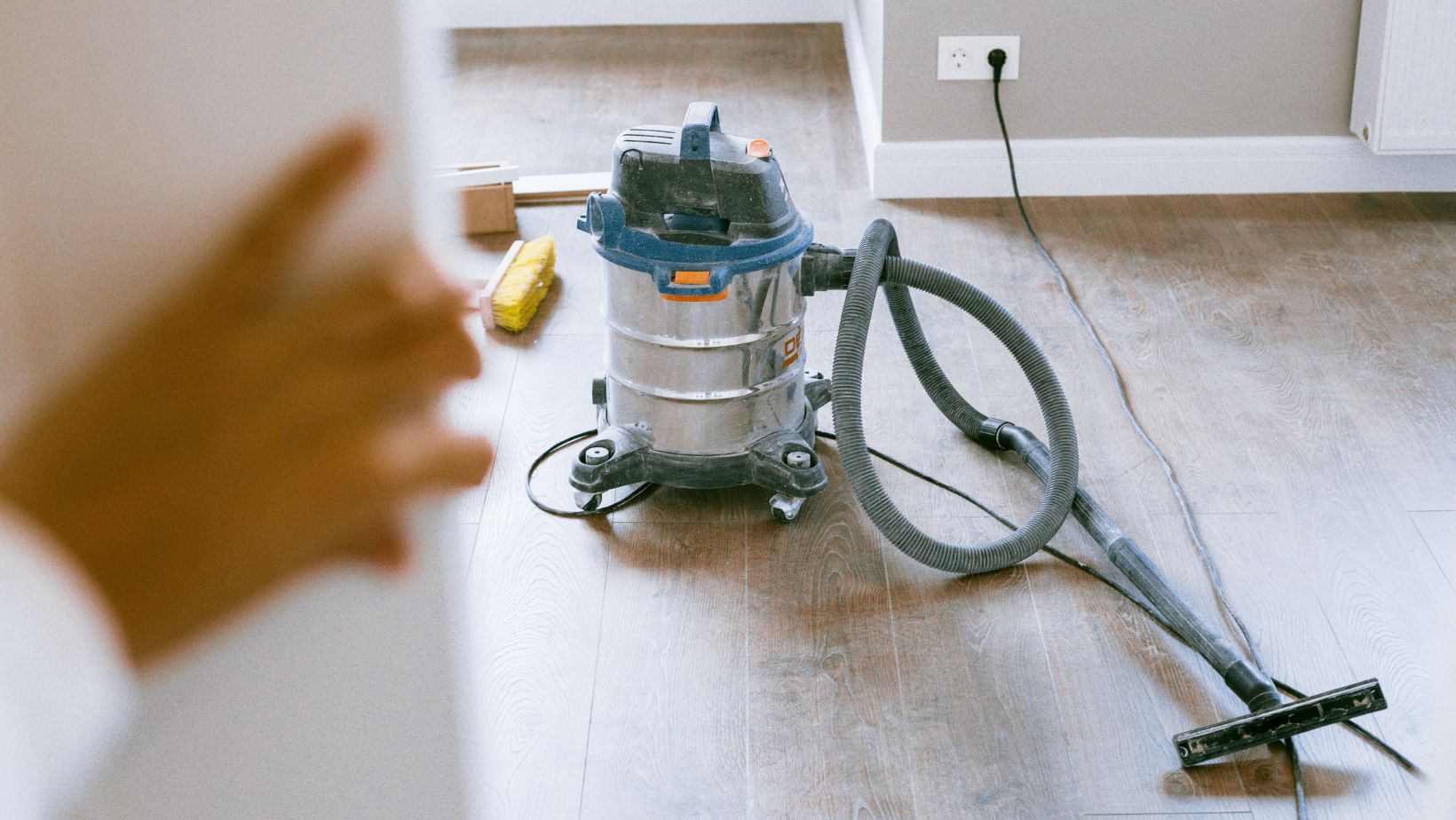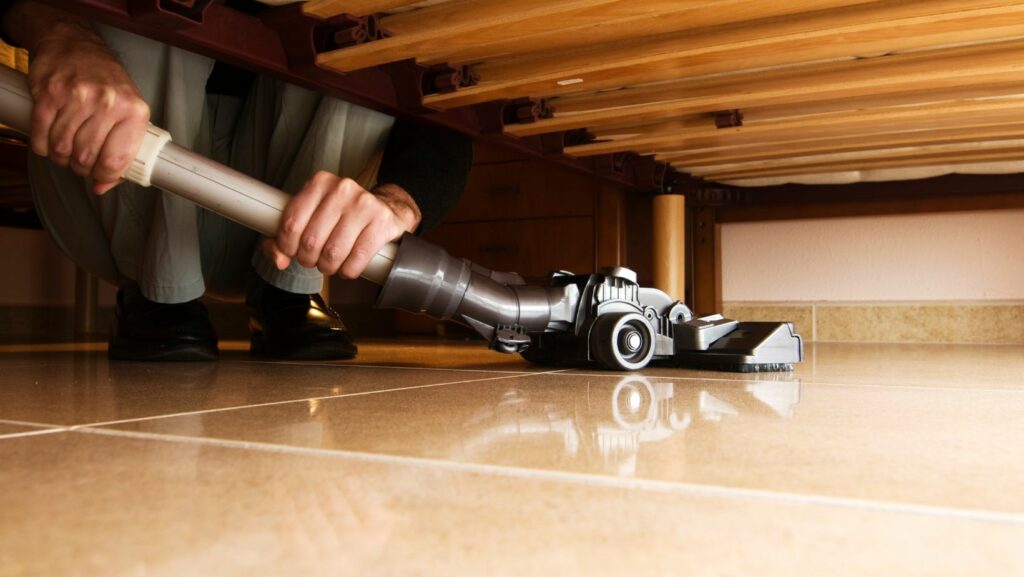Table of Contents
ToggleHow to Vacuum A Car AC System
Are you wondering how to properly vacuum your car’s AC system? In this article, I’ll guide you through the process step by step, using real-life case studies as examples. By following these techniques, you can ensure that your car’s AC system remains clean and efficient, providing you with optimal cooling during those hot summer drives.
The first step in vacuuming your car’s AC system is to locate the service ports. These ports are typically found under the hood of your car and are marked with either a blue or black cap. Once located, it’s important to carefully remove these caps without causing any damage.
Next, connect the vacuum pump to the high-side service port using a proper adapter. Make sure all connections are secure before proceeding. Now it’s time to turn on the vacuum pump and let it run for about 30 minutes. This will allow all moisture and contaminants to be extracted from the AC system.
After completing the vacuuming process, it’s crucial to recharge your car’s AC system with refrigerant according to manufacturer specifications. This will restore proper function and ensure maximum cooling efficiency. Remember to always consult your car’s manual or seek professional advice if you’re unsure about any steps in this process.
There are several crucial reasons why regularly vacuuming your car AC system is essential for both its performance and your overall comfort.
- Maintaining Optimal Cooling Efficiency: Over time, dust, debris, and even mould can accumulate inside the AC system of your car. This build-up can obstruct airflow and reduce the cooling efficiency of the system. By vacuuming out these contaminants, you ensure that air can flow freely through the vents and maintain optimal cooling performance in your vehicle.
- Preventing Foul Odours: Have you ever noticed an unpleasant smell when you turn on your car’s AC? That could be a sign of bacteria or mould growth in the system. Regularly vacuuming helps eliminate these odour-causing culprits and keeps the air in your car fresh and clean.
- Extending the Lifespan of Your AC System: A well-maintained AC system tends to last longer than one that is neglected. Vacuuming removes dirt and debris that can cause wear and tear on crucial components like the compressor or blower motor. By taking care of your AC system through regular cleaning, you can help extend its lifespan and save yourself from expensive repairs down the road.
- Improving Air Quality: Did you know that indoor air pollution can be worse than outdoor pollution? When dust particles accumulate in your car’s AC system, they get circulated every time you turn it on. This can have adverse effects on air quality within the cabin, especially for those with allergies or respiratory issues. Vacuuming helps remove these particles, improving air quality inside your vehicle.
- Enhancing Fuel Efficiency: An inefficiently running AC system can put additional strain on your engine, leading to decreased fuel efficiency over time. With regular vacuuming to keep everything clean and running smoothly, your AC system can work more efficiently, helping you save money on fuel costs.

Step-by-Step Guide to Vacuuming a Car AC System
When it comes to keeping your car’s air conditioning system running smoothly, regular maintenance is key. One important step in maintaining your car AC system is vacuuming. In this section, I’ll provide you with a step-by-step guide on how to vacuum a car AC system effectively.
- Gather the necessary tools: Before you begin, make sure you have all the tools required for the job. You’ll need a vacuum pump, manifold gauge set, refrigerant recovery machine, and appropriate safety gear such as gloves and goggles.
- Prep your vehicle: Start by parking your car in a well-ventilated area and engaging the emergency brake. Open all windows and doors to allow fresh air circulation during the process. It’s also essential to ensure that your engine is turned off before proceeding.
- Connect the manifold gauge set: Locate the low-pressure port on your car’s AC system and connect one end of the manifold gauge set to it. The other end should be connected to both the vacuum pump and refrigerant recovery machine.
- Evacuate the system: Turn on both the vacuum pump and refrigerant recovery machine simultaneously. This will help remove any remaining refrigerant from the AC system while creating a vacuum inside it, eliminating moisture and contaminants.
- Monitor pressure levels: Keep an eye on the pressure gauge readings throughout the evacuation process. Ideally, you should aim for a stable reading between 28-29 inches of mercury (Hg). If there are any significant fluctuations or sudden drops in pressure, it may indicate leaks or other issues that need attention.
- Maintain vacuum for adequate time: Allow sufficient time for complete evacuation of moisture from your car’s AC system—around 30 minutes is typically recommended but refer to manufacturer guidelines for specific details related to your vehicle model.
- Close valves and turn off equipment: Once you’ve achieved the desired vacuum level and allowed enough time for evacuation, close the valves on both the manifold gauge set and refrigerant recovery machine. Turn off the vacuum pump as well.

